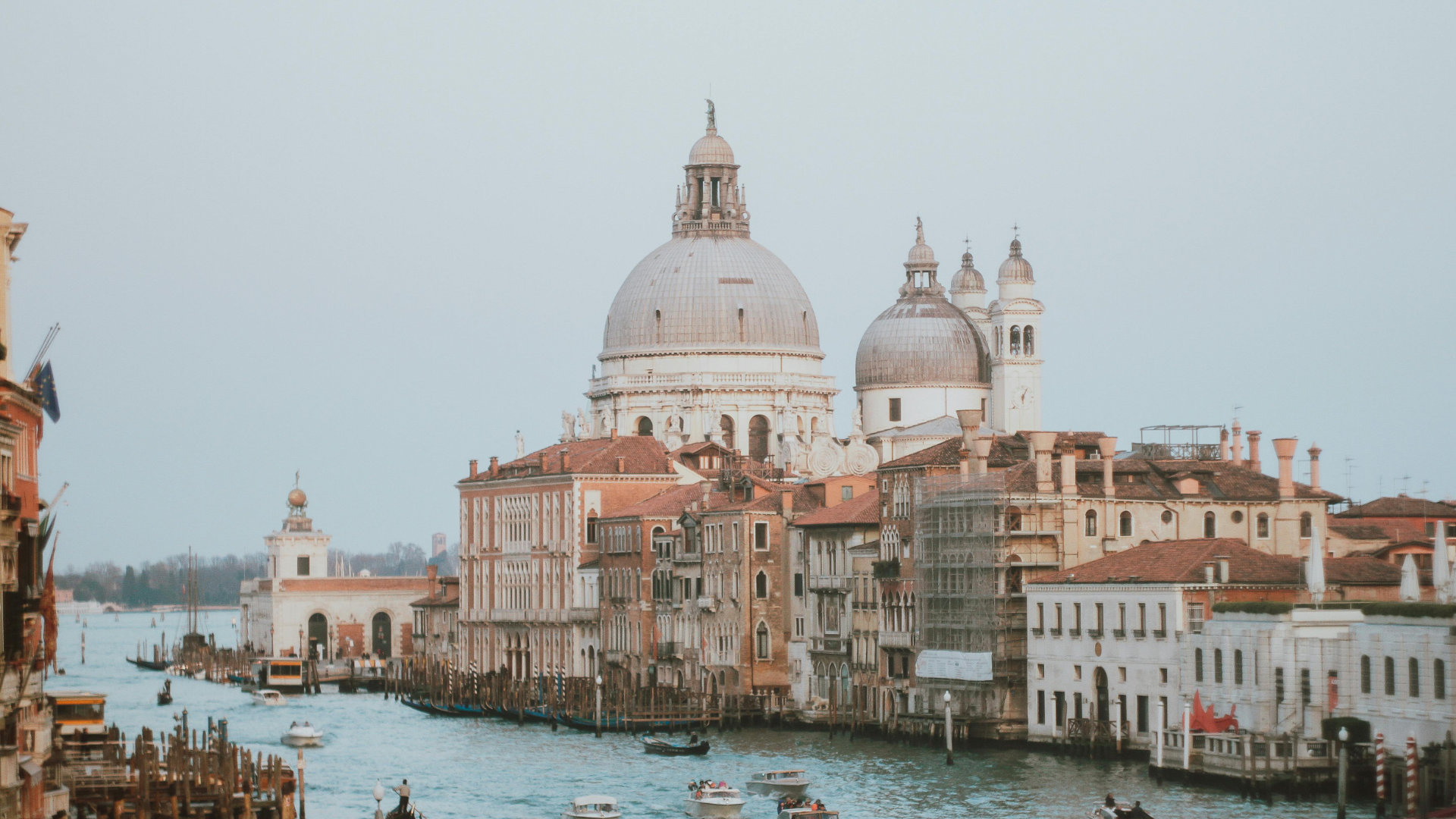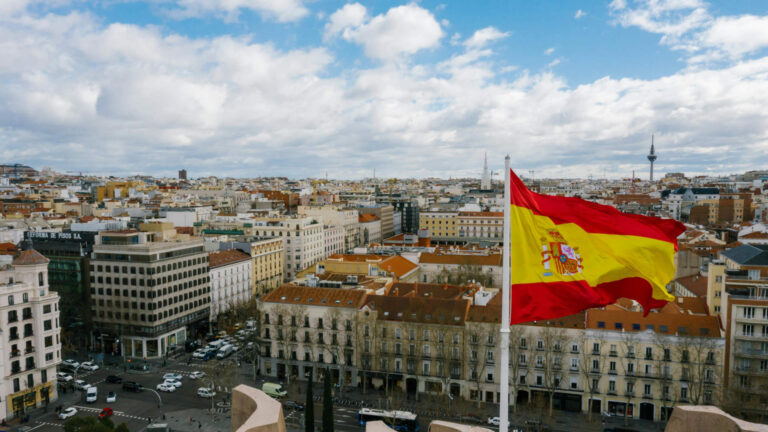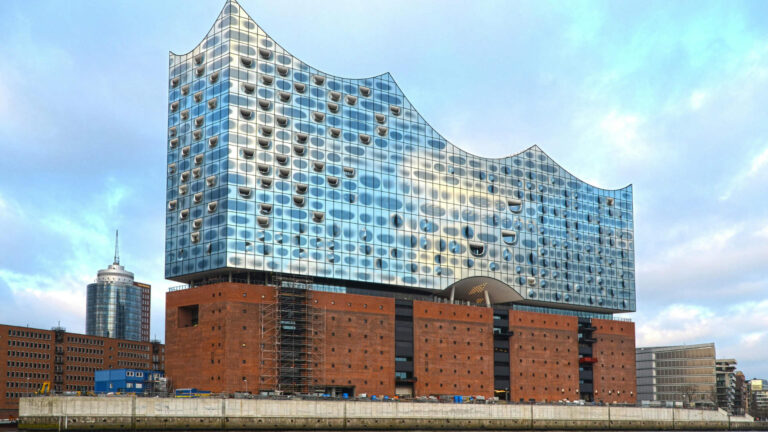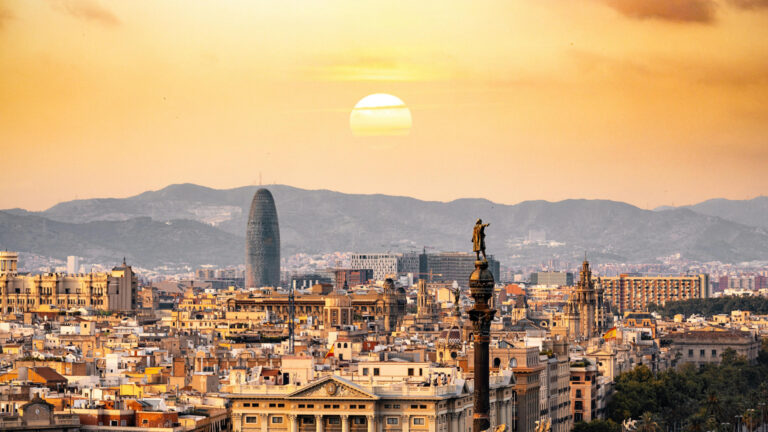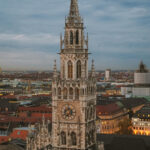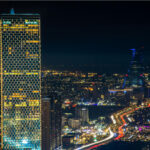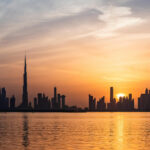Venice welcomed me with the scent of salt in the air and the gentle lapping of water against stone. As I stepped out of the train station, the sight before me felt almost unreal—a city floating on water, its ancient buildings rising from the canals like something out of a dream. There were no cars, no traffic noise, only the soft hum of conversations, the distant echoes of church bells, and the rhythmic splash of oars as gondolas glided through the waterways.
The Grand Canal stretched before me, a liquid boulevard lined with palaces, each one a masterpiece of Venetian architecture. The vaporetto, the city’s water bus, was crowded with tourists and locals alike, all swaying gently with the movement of the boat. I found a spot near the railing and let the city pass by—elegant facades with peeling paint, narrow alleys vanishing into shadow, windows adorned with flower boxes spilling over with bright blooms. The sun cast golden reflections on the water, turning it into a shimmering mosaic of light.
I disembarked near the Rialto Bridge, its white stone arch standing proudly over the canal. The bridge was alive with people—couples taking photos, vendors selling Venetian masks, the scent of fresh espresso drifting from a café nearby. I wandered into the Rialto Market, where the morning catch of the Adriatic was displayed on ice, and the voices of merchants rang through the air. I stopped for a quick snack—cicchetti, small Venetian tapas, accompanied by a glass of chilled prosecco. The flavors of fresh seafood, creamy burrata, and sun-dried tomatoes burst in my mouth, a perfect introduction to Venetian cuisine.
My feet led me deeper into the maze of narrow streets and quiet squares. The deeper I walked, the more the city revealed its secrets—hidden courtyards with ivy-covered walls, crumbling frescoes on ancient buildings, tiny bridges arching over still canals where the water reflected the past like a mirror. Unlike other cities, Venice demanded to be explored without a plan, to be felt rather than simply seen.
Eventually, I reached Piazza San Marco, the heart of Venice. The vast square opened up before me, framed by the grandeur of St. Mark’s Basilica, the towering Campanile, and the long colonnades of the Procuratie. Pigeons swarmed in bursts of movement as children chased them across the stones. I stood in awe of the basilica’s intricate domes and golden mosaics, each one telling a story of faith and empire. The queue to enter was long, but I waited patiently, eager to step inside. The interior was unlike anything I had ever seen—glistening gold covering the ceilings, Byzantine influences woven into every inch of design. Light filtered through high windows, illuminating the vast space in a soft glow, as if the very air was touched by history.
From there, I wandered towards the Doge’s Palace, its gothic arches and delicate tracery exuding a quiet authority. The halls whispered of Venice’s past power, of a time when this city ruled the seas. I followed the path of prisoners across the Bridge of Sighs, imagining their last glimpse of Venice before disappearing into the dungeons below. The weight of history hung heavy in the silence.
As the afternoon stretched into evening, I found myself drawn to the edge of the lagoon, where the view of San Giorgio Maggiore stood like a painting against the setting sun. The sky turned to fire, the waters reflecting its brilliance. Gondolas bobbed gently in the twilight, their black silhouettes contrasting against the warm hues of dusk. I knew then that I had to experience Venice from the water.
I hailed a gondola, the gondolier dressed in the traditional striped shirt, his voice deep as he sang softly in Italian. The city transformed as we drifted through the quiet canals, away from the crowds. The water lapped against stone, the buildings leaning close as if whispering secrets from centuries past. Underneath small arched bridges, past windows with candlelight flickering inside, Venice felt more intimate, more alive.
Dinner was in a small trattoria, hidden in a quiet corner of the Cannaregio district. I ordered squid ink pasta, its dark strands rich with the taste of the sea, followed by a plate of fresh seafood risotto. The wine was local, the conversation around me a mixture of Italian and laughter. There was no rush—Venetian evenings stretched lazily, meant to be savored like fine wine.
As I walked back through the silent streets, the sound of my footsteps echoing off ancient walls, I felt as if I had stepped into another world—one where time moved differently, where the past and present coexisted in perfect harmony. The moon cast silver light over the canals, and the city’s magic felt almost tangible.
Venice was not just a place—it was a feeling, a dream that lingered even after waking.

